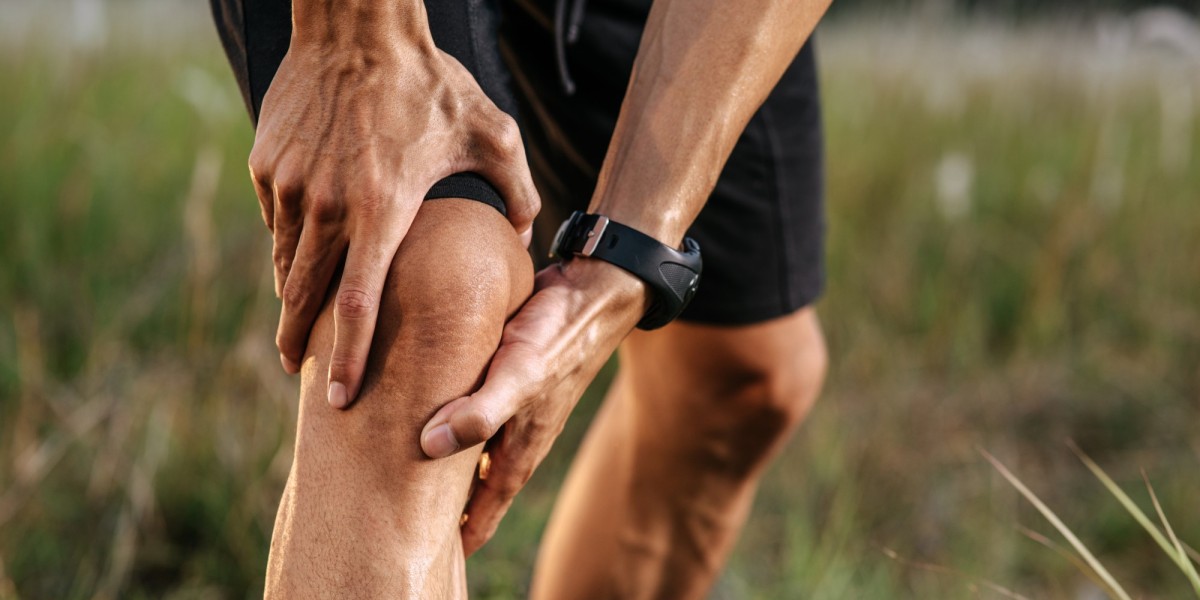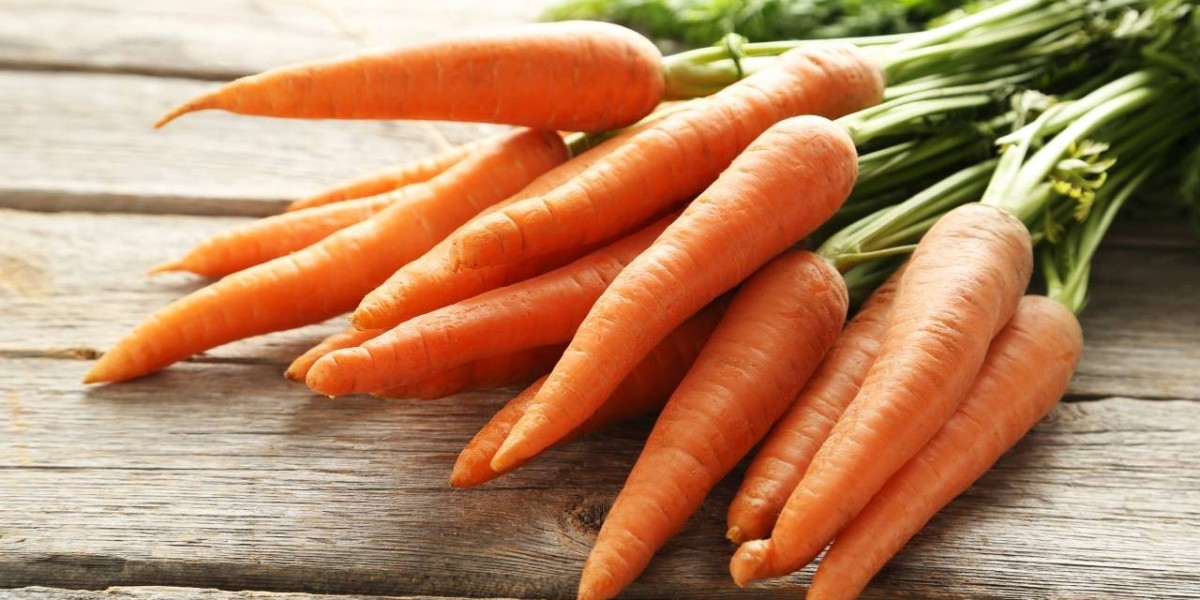Introduction
Knee pain is a common ailment affecting people of all ages, often resulting from injury, overuse, or underlying conditions such as arthritis. Conventional medicine offers various treatments ranging from painkillers to surgeries, but many individuals seek alternative therapies to manage their pain and improve their quality of life. Ayurveda, an ancient Indian system of medicine, offers a holistic approach to treating knee pain, focusing on balancing the body’s energies and promoting overall well-being. This blog explores Ayurvedic treatments for knee pain, emphasizing natural remedies, lifestyle changes, and therapeutic practices.
Understanding Knee Pain in Ayurveda
In Ayurveda, knee pain is often associated with imbalances in the doshas – Vata, Pitta, and Kapha. Each dosha represents different elements and energies within the body:
1. Vata (Air and Ether): Imbalance can lead to dryness, stiffness, and pain in the joints.
2. Pitta (Fire and Water): Imbalance can cause inflammation and a burning sensation.
3. Kapha (Water and Earth): Imbalance can result in swelling and fluid retention in the joints.
Ayurvedic practitioners diagnose knee pain based on these doshas, considering factors such as the patient’s lifestyle, diet, emotional state, and physical activity.
Ayurvedic Treatments for Knee Pain
1. Herbal Remedies
Herbs play a crucial role in Ayurvedic treatment for knee pain. Some commonly used herbs include:
● Ashwagandha (Withania somnifera): Known for its anti-inflammatory properties, Ashwagandha helps in reducing pain and swelling.
● Shallaki (Boswellia serrata): This herb acts as a natural painkiller and helps in reducing inflammation.
● Ginger (Zingiber officinale): Ginger is effective in alleviating pain due to its anti-inflammatory properties.
● Turmeric (Curcuma longa): Contains curcumin, which has potent anti-inflammatory and antioxidant effects.
These herbs can be taken in the form of powders, tablets, or teas, and are often included in Ayurvedic formulations like Yogaraj Guggulu and Dashmoolarishta.
2. Panchakarma Therapy
Panchakarma is a detoxification and rejuvenation therapy in Ayurveda that helps in eliminating toxins from the body. It includes several procedures:
● Abhyanga (Oil Massage): Warm herbal oils are massaged into the skin to improve circulation and reduce stiffness.
● Swedana (Sudation Therapy): This involves steam therapy that helps in reducing pain and swelling by promoting sweating.
● Basti (Medicated Enema): Administering herbal decoctions or oils through enema helps in balancing Vata dosha and relieving pain.
● Pizhichil (Oil Bath): This involves pouring warm medicated oil over the body, providing relief from pain and stiffness.
3. Dietary Recommendations
Diet plays a significant role in managing knee pain according to Ayurveda. Foods that aggravate Vata should be avoided, such as:
● Cold and raw foods
● Dry and light foods
● Processed and junk foods
Instead, a diet that pacifies Vata and promotes joint health is recommended, including:
● Warm, cooked foods
● Ghee (clarified butter) and oils
● Spices like turmeric, ginger, and garlic
● Fresh fruits and vegetables
● Whole grains and lentils
Staying hydrated and maintaining a balanced diet helps in reducing inflammation and promoting joint health.
4. Lifestyle Modifications
Ayurveda emphasizes the importance of a balanced lifestyle to manage knee pain:
● Regular Exercise: Gentle exercises like yoga, walking, and swimming help in maintaining joint mobility and strength. Specific yoga poses beneficial for knee pain include Virasana (Hero Pose) and Makarasana (Crocodile Pose).
● Adequate Rest: Ensuring proper rest and sleep helps in the body’s natural healing processes.
● Stress Management: Practices like meditation and deep breathing exercises (Pranayama) help in reducing stress and improving overall well-being.
5. External Applications
Ayurvedic treatments often include external applications of herbal pastes and oils to alleviate knee pain:
● Mahanarayan Oil: Used for massage to reduce pain and stiffness.
● Dhanwantharam Thailam: A medicated oil used to improve joint health and reduce pain.
● Herbal Poultices: Made from herbs like ginger, garlic, and mustard seeds, these are applied to the affected area to reduce pain and inflammation.
Conclusion
Ayurveda offers a comprehensive approach to managing knee pain by addressing the root cause of the problem and promoting overall health.Through the use of herbal remedies, Panchakarma therapies, dietary changes, lifestyle modifications, and external applications, Ayurveda helps in alleviating pain, reducing inflammation, and improving joint health. It is important to consult a qualified Ayurvedic practitioner to receive personalized treatment based on individual dosha imbalances and health conditions.
By embracing the wisdom of Ayurveda, individuals can find natural and holistic solutions to knee pain, leading to a healthier and more active life.









